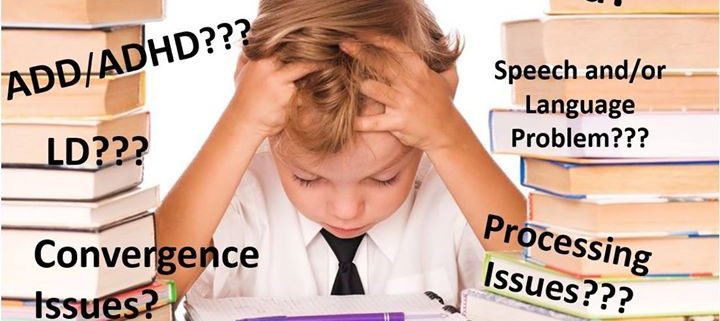Posture, gravity and learning
Children and adults dealing with learning disabilities are often managed regardless of how functional their physical bodies are.
Children and adults dealing with learning disabilities are often managed regardless of how functional their physical bodies are. We tend to be brain based in our approach to resolving learning disabilities. In some cases, we resort to medication.
A question rarely brought up is the following: before learning, physically, what must be managed by both kids and adults alike? The answer is gravity.
Managing the weight of gravity upon the body supposes that connectivity mechanisms between the brain and the muscles are indeed intact. Yet, that being said, the very demand on the body to resist gravity activates areas of the brain that are essential for cognitive processes to be developed naturally and to function optimally.
Clinically, what I have witnessed is that when the body is aligned and stable, it resists gravity more efficiently, leading to activation of key brain areas needed to learn… anything.
So, reversely, what happens when there is no gravity to be managed? What about astronauts? Researchers in 1999 assessed the results of 29 studies on the topic. 6 cognitive measures were looked at. They are response time, memory, reasoning, pattern recognition, fine motor skills and dual-task performance.
The conclusion was that several cognitive performance measures do appear to be affected in space.
Moral of the story: gravity turns on the brain, which helps with cognitive tasks. Resisting gravity more efficiently, with a balanced body contributes to lighting up more brain areas equally, leading to a more powerful brain! If the body is misaligned and imbalanced, fighting gravity is inefficient and the brain is not activated to its full potential.
The solution: it’s called posturology.


Joyce McClelland
OK Mamita! ! You have my attention now… a d’onde encontro este especialista para Anthony????
Phone number por favor😉
514-880-5424